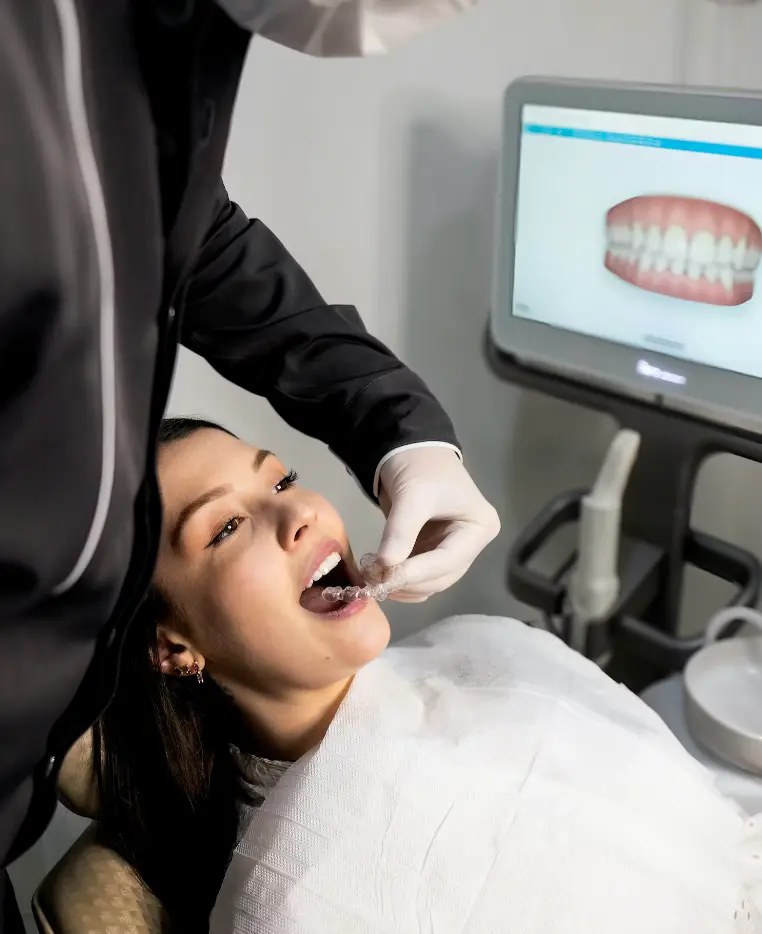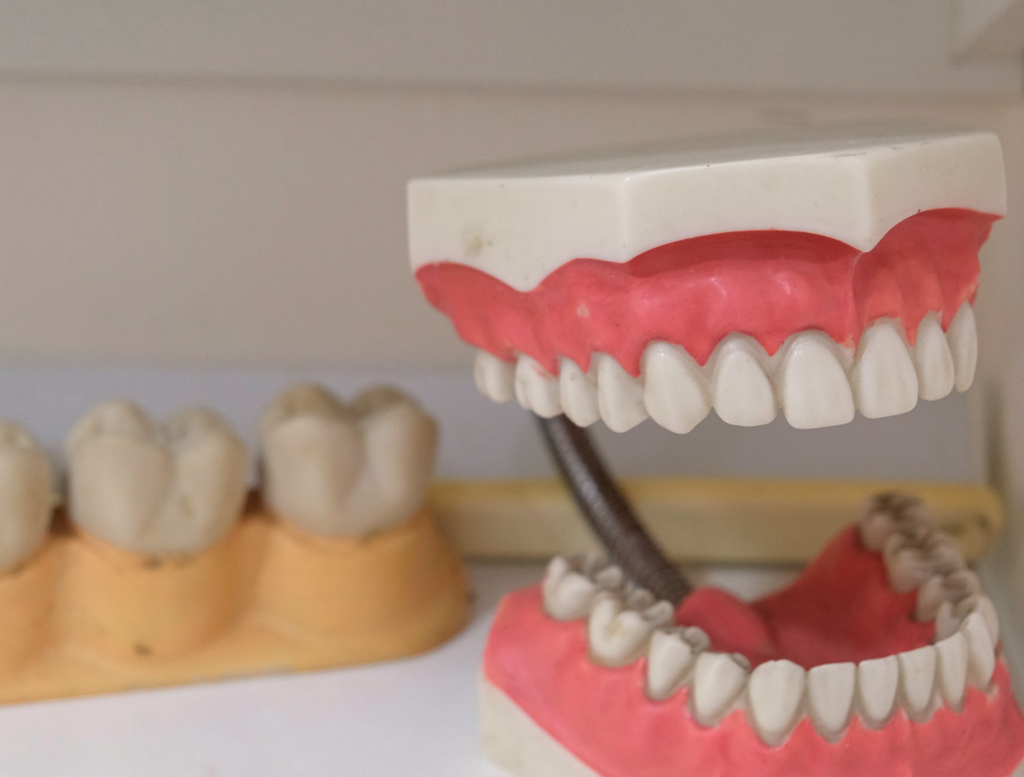A root canal infection, also known as endodontic infection, occurs when the pulp of a tooth becomes infected. The pulp is the innermost part of the tooth, containing nerves, blood vessels, and connective tissues. Several factors can cause a root canal infection:
- Untreated Dental Decay: The most common cause of a root canal infection is untreated dental decay. When cavities are left untreated, the bacteria can penetrate the tooth’s outer layers and reach the pulp, causing infection.
- Cracked or Damaged Teeth: Trauma to a tooth, such as a crack or fracture, can expose the pulp to bacteria, leading to an infection.
- Faulty Dental Work: Sometimes, dental procedures like fillings or crowns may not be properly sealed, allowing bacteria to enter the pulp and cause an infection.
- Recurring Dental Procedures: Teeth that have undergone multiple dental procedures may be more susceptible to infection, as each procedure can weaken the tooth’s structure.
- Gum Disease: Advanced gum disease can create pockets of infection around the tooth’s roots, which can then spread to the pulp.

Is It Common For Root Canals To Get Infected?
Root canal infections are not uncommon, but their prevalence varies. It’s estimated that millions of root canals are performed each year, and while modern dental techniques have significantly reduced the risk of infection, it can still occur in a small percentage of cases. The key to preventing root canal infections is early diagnosis and treatment of dental issues like cavities and cracks.
What Happens If Root Canal Gets Infected?
When a root canal becomes infected, it can give rise to a range of distressing symptoms and potentially serious complications, affecting both the affected tooth and the surrounding oral tissues. Some of these symptoms and complications include:
- Pain: Infected pulp within the tooth’s root canals can lead to excruciating toothaches and persistent discomfort. The pain can vary in intensity, from a dull ache to sharp, throbbing sensations, often worsening when you bite down or apply pressure to the affected tooth.
- Swelling: Inflammation is a common response to infection. When the pulp inside the tooth becomes infected, the surrounding tissues may swell. This swelling can extend to the gums, cheeks, or even the jaw, causing visible and palpable enlargement in the affected area. It can also contribute to increased pain and discomfort.
- Abscess Formation: If an untreated infection progresses, it can result in the formation of a painful dental abscess. An abscess is a pocket of pus that develops in response to the body’s attempt to contain and combat the infection. These abscesses can form at the tip of the tooth’s root or in the surrounding bone. The pain associated with a dental abscess is often severe and throbbing and can radiate to other areas of the face or head. Left untreated, the infection within the abscess can spread to adjacent tissues and even to other parts of the body, posing a risk to your overall health.
- Tooth Loss: In severe cases, when the infection is not promptly addressed through root canal therapy or other dental procedures, it can ultimately lead to tooth loss. The infection can weaken the tooth’s structure, causing significant damage to the surrounding tissues and bone that support the tooth. In such situations, extraction of the infected tooth may become necessary to prevent the spread of the infection to neighboring teeth and to restore oral health.
How Often Do Root Canals Get Infected?
The rate of root canal infections can vary widely, but with modern dental techniques and improved infection control, the occurrence of infections has significantly decreased. The success rate for root canal treatments is generally high, with the majority of procedures resulting in the preservation of the tooth and the elimination of the infection. However, it’s crucial to note that the likelihood of infection can increase if the tooth is not properly cared for after the procedure.

How Do They Fix An Infected Root Canal?
The treatment for an infected root canal involves a dental procedure known as a root canal therapy. Here’s an overview of the steps involved:
- Diagnosis: The dentist will first examine the tooth and may take X-rays to determine the extent of the infection.
- Anesthesia: Local anesthesia is administered to numb the area around the affected tooth, ensuring the patient’s comfort during the procedure.
- Cleaning and Disinfection: The dentist creates an access opening in the tooth, removes the infected pulp, and cleans the inside of the tooth thoroughly.
- Filling: After cleaning and disinfection, the dentist fills the space with a biocompatible material called gutta-percha to seal the root canals.
- Restoration: In most cases, a crown is placed on the treated tooth to protect it and restore its functionality.
Conclusion
Root canal infections are a relatively common dental issue that can result from untreated dental decay, trauma, or faulty dental work. While the risk of infection has decreased with modern dental techniques, it’s essential to address dental problems promptly to prevent root canal infections. If an infection does occur, timely treatment with root canal therapy can save the affected tooth and alleviate the associated pain and discomfort. Regular dental check-ups and good oral hygiene practices remain crucial in preventing and managing root canal infections.








